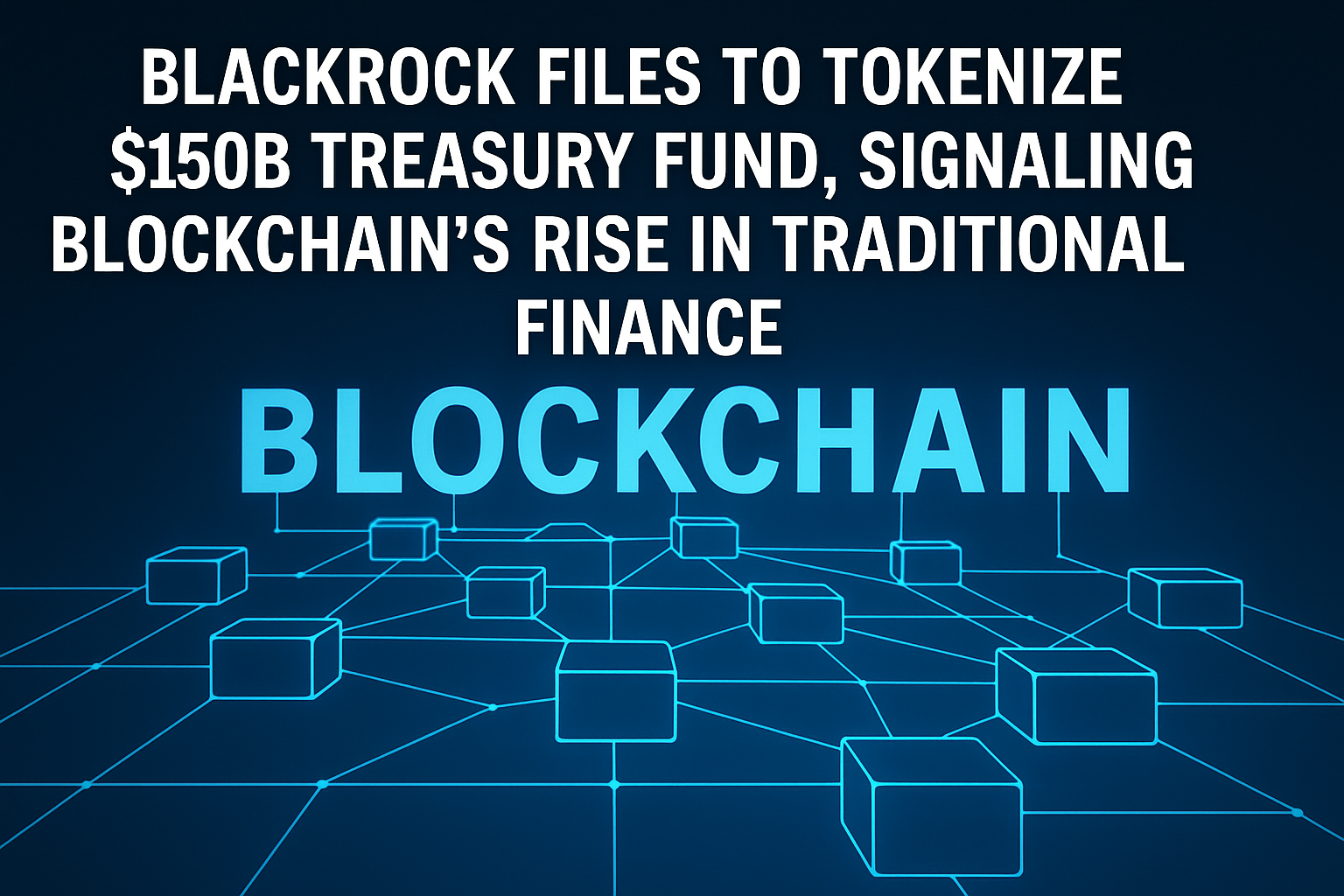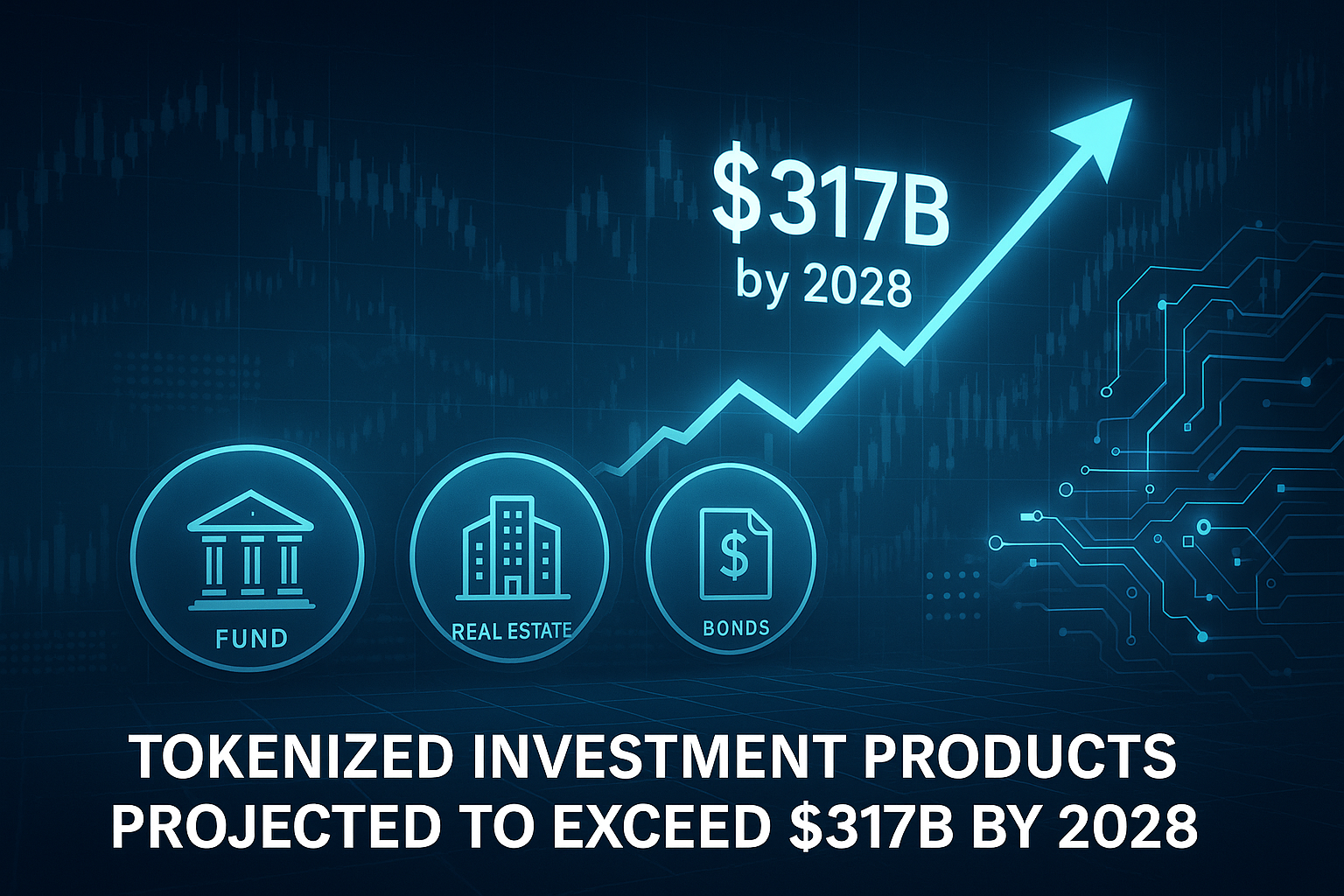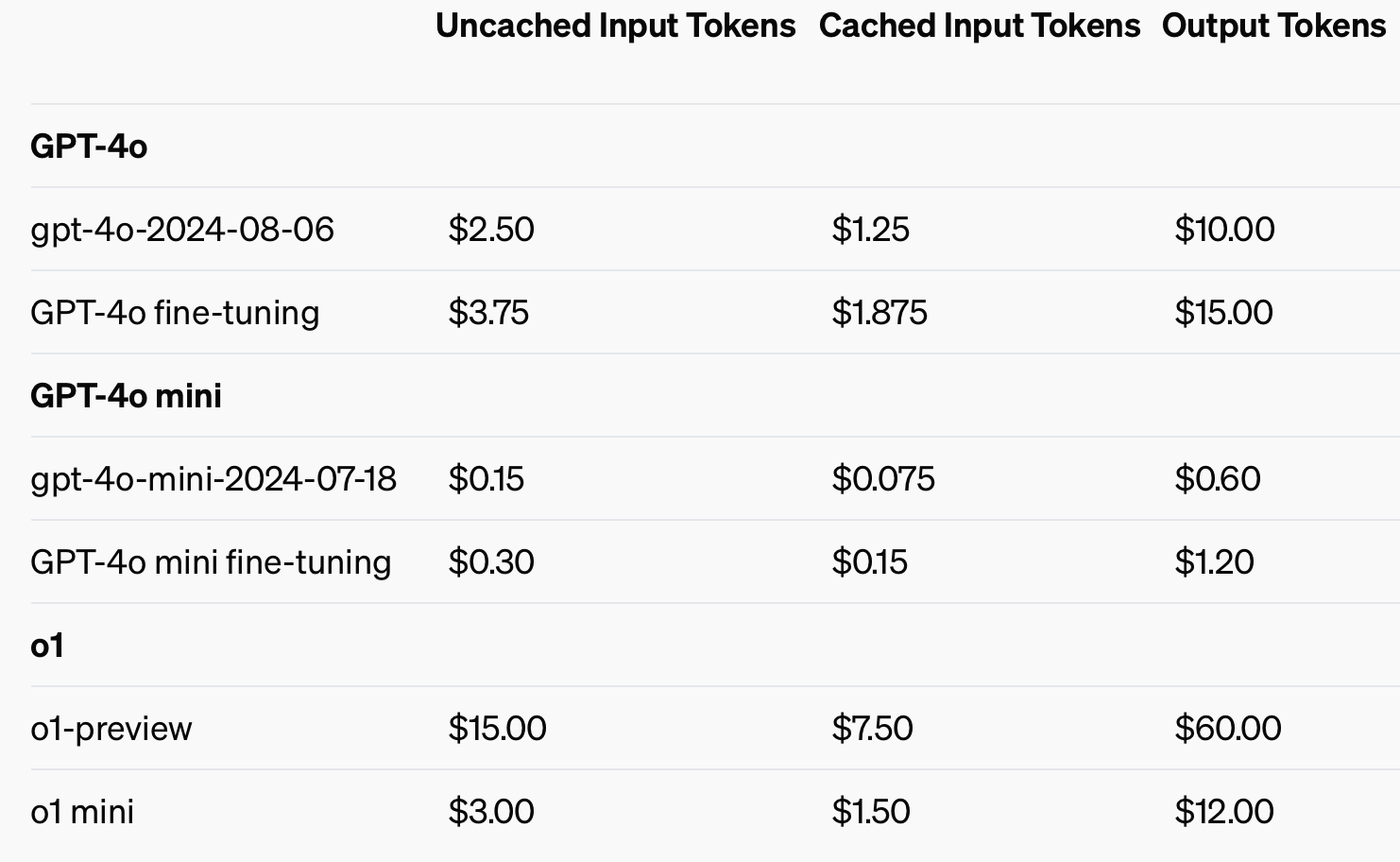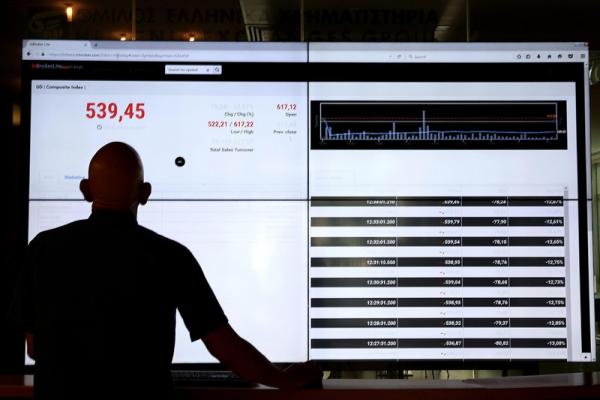In yet another landmark move for institutional blockchain adoption, BlackRock, the world’s largest asset manager, has filed to launch a tokenized share class for its $150 billion Treasury Trust fund. The filing signals BlackRock’s intent to integrate distributed ledger technology (DLT) into one of the most conservative corners of the financial world: U.S. Treasury investments.
This development marks a significant milestone not only for BlackRock but also for the broader acceptance of tokenized financial products within traditional investment frameworks.
What’s in the Filing?
According to filings submitted to regulators, BlackRock is seeking approval to create a DLT-based mirror share class for its massive U.S. Treasury Trust fund. The purpose of this move is not to overhaul the fund’s core operations but to maintain a blockchain-based record of share ownership—a transparent and immutable ledger that runs parallel to traditional systems.
This isn’t a replacement—it’s a complementary infrastructure that harnesses the benefits of blockchain technology without disrupting existing investor protections or custodial services.
Why Tokenize Treasury Funds?
Tokenizing Treasury funds brings several strategic advantages:
-
Transparency: Every share issuance and ownership transfer is recorded immutably on-chain, enhancing trust and eliminating discrepancies.
-
Efficiency: Settlement processes, currently limited by clearinghouse delays and manual reconciliation, become faster and automated via smart contracts.
-
Accessibility: In the long term, tokenized versions of Treasury funds could enable fractional ownership and global retail participation.
-
Programmability: Fund rules (e.g., lock-up periods, compliance checks) can be encoded directly into smart contracts, reducing the need for intermediaries.
While blockchain has long been associated with crypto and DeFi, its use in traditional financial products—especially something as stable and regulated as Treasury funds—signals the maturation of the technology.
Not BlackRock’s First Move into Tokenization
This isn’t BlackRock’s first foray into digital assets. Earlier this year, the firm launched the BlackRock USD Institutional Digital Liquidity Fund (BUIDL), a tokenized money market fund on Ethereum in collaboration with Securitize. That fund attracted tens of millions in deposits within weeks, proving strong market demand for blockchain-based investment vehicles.
Now, by targeting its flagship $150B Treasury Trust, BlackRock is making an even bolder statement: tokenization isn’t a fringe experiment—it’s the future of capital markets.
Larry Fink’s Long-Standing Vision
BlackRock CEO Larry Fink has been vocal about his belief in the transformative power of blockchain and tokenization. In multiple interviews and letters to shareholders, Fink emphasized that tokenized securities offer:
-
Lower costs
-
Faster settlement
-
Greater investor transparency
-
Improved liquidity in historically illiquid markets
This latest move aligns perfectly with that vision and reinforces BlackRock’s position as a trailblazer in institutional blockchain adoption.
Institutional Interest Grows
BlackRock isn’t alone in this shift. Financial institutions like Franklin Templeton, J.P. Morgan, and Goldman Sachs have launched or are exploring tokenized bond and money market products. But BlackRock’s scale and reputation lend unparalleled legitimacy to the tokenization narrative.
If approved, this DLT share class could become a template for other mutual funds, ETFs, and fixed-income products, opening up a new digital-native layer within traditional finance.




